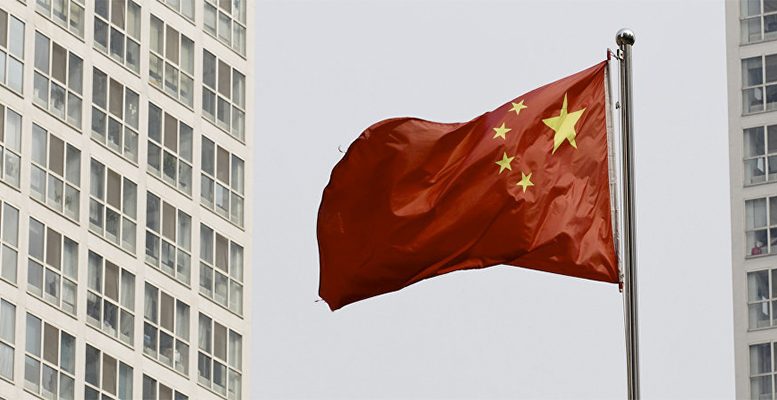Alicia García-Herrero (Natixis) | Recent data shows the downward spiral in the Chinese economy has somewhat eased on a cyclical basis, but it is still too early to cheer for a full stabilization.
Beyond the fiscal and monetary stimuli announced during the two sessions of the 19th National People’s Congress in March 2019, the question is what else China can do to support growth in the short term.
Out of the key reasons for the cyclical slowdown in 2018, namely the worsening sentiment due to the US-China trade war and the rapid shadow banking crackdown, the former can be considered as an external shock but the latter is self-inflicted. In this note, we use media-based big data to analyze the sentiment regarding how shadow banking evolved in China. We used the GDELT database and further classified the top news into regulation and market driven events. Hence, we estimate how negative or positive the public sentiment is regarding structured products.
According to our analysis, the sentiment on structured products in China has been negative since 2017 but with a noticeable improvement recently. Three phases can be identified in how sentiment regarding structure products has evolved in China in the past few years.
At the beginning of 2017, there is a clear expectation of a worsening regulatory environment for structured products, or more generally shadow banking products.
From July 2017 to mid-2018, the expectation turned into reality with a rollout of tighter regulations after the creation of a High Level Financial Stability and Development Committee within the State Council. One of the key regulatory changes is the harmonization of asset management products by 2020 which restricts banks’ offerings of guaranteed products unless there is enough capital backing such products.
However, sentiment has started to improve since the second half of 2018 as regulatory environment has softened again to allow for new types of off-balance sheet assets, namely through banks’ setting up wealth management subsidiaries.
In sum, besides the fiscal and monetary stimuli, China seems to be softening the very aggressive crack-down of the shadow banking. This is what it takes to revive growth cyclically, but the structural consequences may not be as appealing though.





